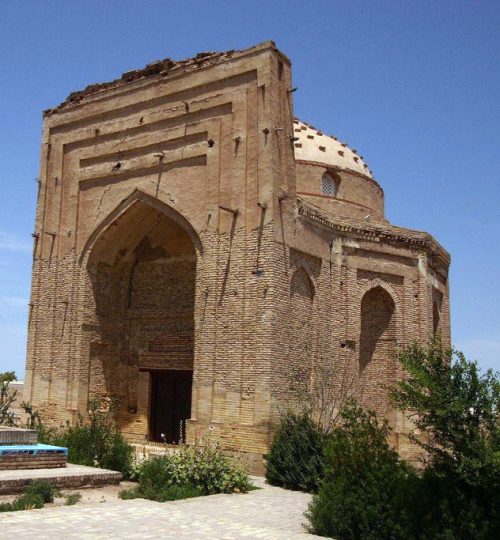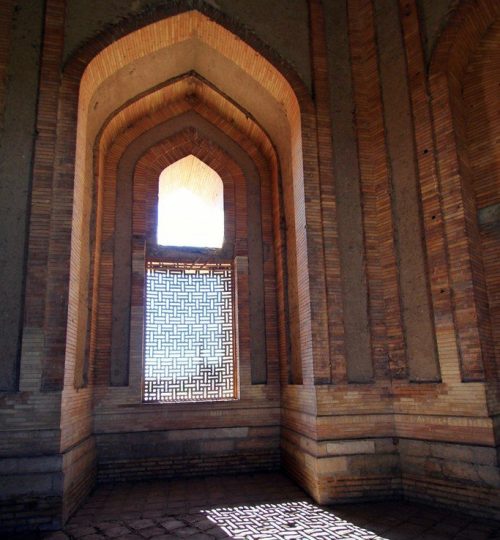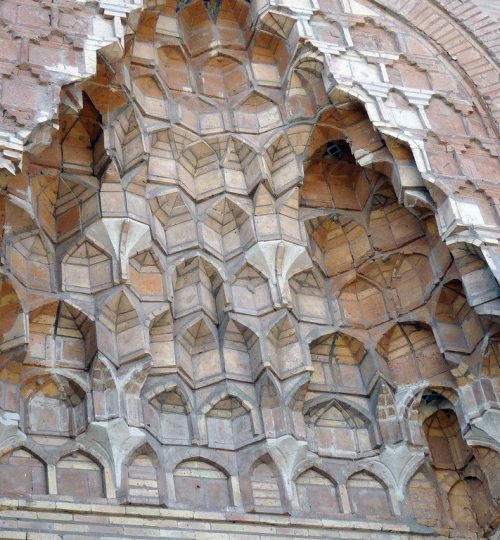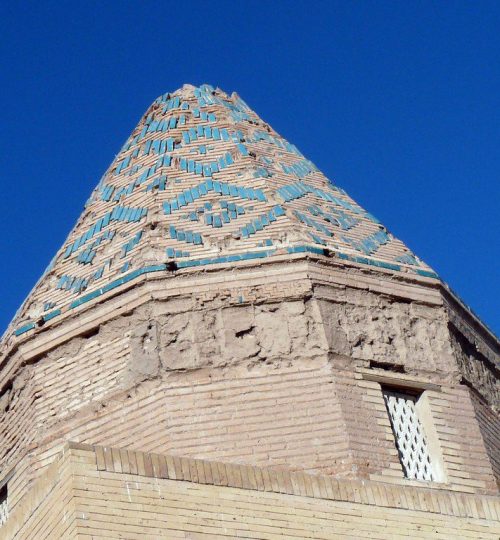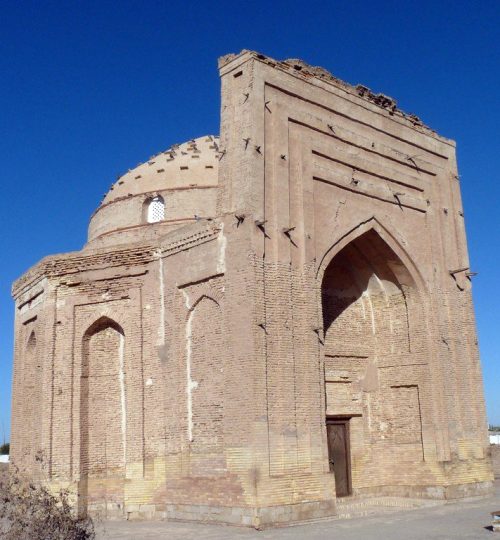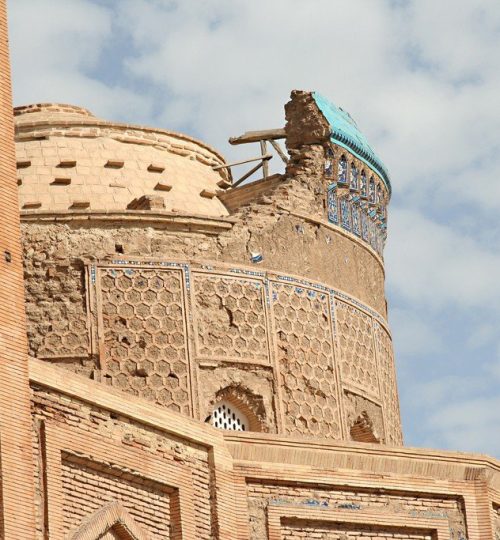Kunya-Urgench
History
Kunya-Urgench
Kunya Urgench is one of the oldest cities, with references that date back to the Western Iranian period of the 3rd-1st centuries BC. It is also mentioned in the Zoroastrian book "Aveste," where it is called Urva (Urga). Caravan stations of the Silk Road were installed in the city, perfectly combined with its strategic position on the way of trade routes. In the VIII century, the town was captured by the Arabs and renamed Gurganj, where people settled, and the ruler of Khorezm declared it his residence. Subsequently, the city was conquered by the Mamunids, Anushteginids, and even Genghis Khan.
In the early Middle Ages, Gurganj was a cultural and commercial center, as well as a native land for famous scholars Abu Ali ibn Sin and Abu Rayhan Beruni, who worked at the Mamun Academy. In the XIV century, the city became the largest of the Turkic cities according to the merchant traveler Ibn-Batuta.
Tamerlan conquered Gurganj in 1388, as a result of which the city was practically wiped off the face of the earth. After that, until about 1831, the inhabitants left the town, which remained abandoned. In 1831, people returned to start the construction of the Khan-Yab water utility. In 1924, Kunya-Urgench became a Soviet settlement that was part of the Turkmen SSR. In 1992, it was renamed Kone-Urgench and seven years later received the status of a city.
